
Outdoor Jay Edible BEAR'S HEAD TOOTH (a.k.a. Hericium Americanum
To cook Bears Head Tooth Mushroom, first cut off the mushroom cap and stems. Then, cut the mushroom into small pieces. Heat some oil in a pan over medium heat, and then add the mushroom pieces. Cook the mushrooms for 5-7 minutes, or until they are cooked through. Serve the mushrooms with your favorite dish.

Outdoor Jay Edible BEAR'S HEAD TOOTH (a.k.a. Hericium Americanum
Bear's head mushrooms are very wild in nature, and their tastes and odors reflect this wildness. They have a fresh, earthy, natural flavor and aroma. Having a mild, nutty taste and a sweet and fragrant undertone similar to lobster or crab, bear's head mushrooms are tender and meaty when picked young and cooked.

Bears Head Mushroom Hericium abietis I was surprised that … Flickr
Hericium americanum 3. Hericium americanum, commonly known as the Lion's mane or Bear's head mushroom is an edible mushroom (Grace, 2010: 1). This fungus is part of the Hericiaceae family (O'Reilley & Parker, 2015). And belongs to the toothed mushroom group because of the cascading spines it forms (Ko, Han Gyu et al., 2005: 1439).
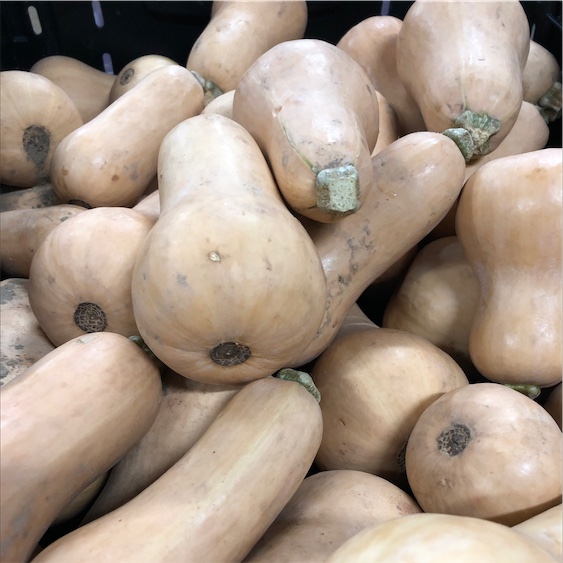
Bear's Head Mushrooms Information, Recipes and Facts
Here are a few unique facts about bear's head tooth mushrooms. These mushrooms can have a diameter of over 15 centimeters with long, white spines extended from their body, resembling icicles. Bear's head tooth mushrooms are one of at least 4 species of Hericium in North America. Despite having lengthy spines, the bear's head mushroom.

Hericium abietis (Bear’s Head). What a magnificent mushroom this is
The bear's head mushroom is a tooth fungus that belongs to the Hericium genus. Its distinctive appearance, with long, dangling spines, makes it a captivating sight in any growing space. When fully grown, the bear's head mushroom can reach substantial sizes, resembling the mane of a bear - hence its name.

Outdoor Jay Edible BEAR'S HEAD TOOTH (a.k.a. Hericium Americanum
Looking For Bear's Head Tooth Mushroom? We Have Almost Everything On eBay. But Did You Check eBay? Check Out Bear's Head Tooth Mushroom On eBay.

Bear's Head Tooth Mushroom (Hericium americanum) at Powdermill Nature
The Bear's Head mushrooms grow in medium to large, compact clusters that look like fungal icicles. The fungus averages 15-30 centimetres in diameter and has white, soft, smooth spines hanging down from a thick, branched body. When mushroom matures, its needles transform from white to pale yellow and becomes bitter and as an unpleasant taste.
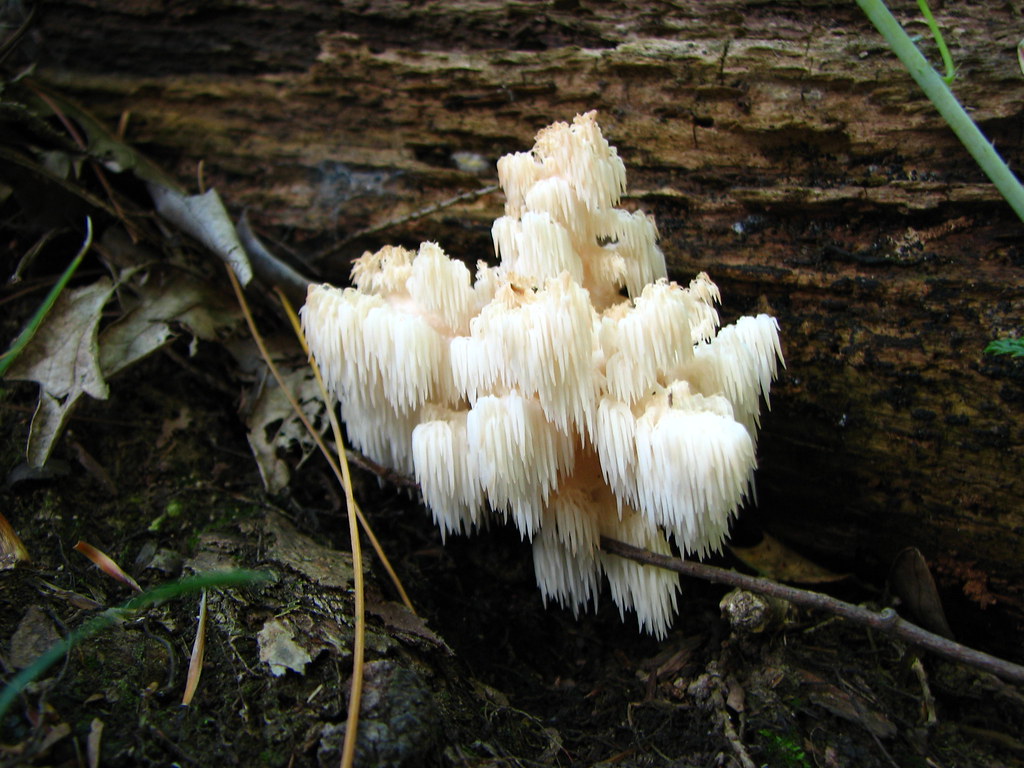
Bear's Head Tooth (Massachusetts Mushrooms) ·
How to cook lions mane mushrooms in soup. Pull the mushrooms apart into bite-sized pieces. Sweat them in a little butter or oil and season with salt for the best flavor, or add them directly to the soup. How to tell if lions mane has gone bad. The mushrooms should be pure white inside and out with no discoloration.

Bear S Head Mushroom Hericium Abietis Stock Image Image of outdoors
Bears Head (Lions Mane) Bears Head Mushroom aka Lions Mane Mushroom. Mild flavor. Great with red sauce. Can be used as a seafood replacement. Mock crab cakes, mock seared scallops, etc. Buy Lions Mane Powder Now.

Bears Head Tooth (Hericium Americanum) [OG1000HABHT] 25.00 Out
Bear's-head is part of a group of closely-related tooth fungi (that is, they release their spores from tooth-like or hair-like structures, rather than from gills) that have rather confusing names.To begin with, they are sometimes all referred to as lion's mane (a name that more properly refers to H. erinaceus only).Other writers simply refer to Hericium, without specifying which Hericium.
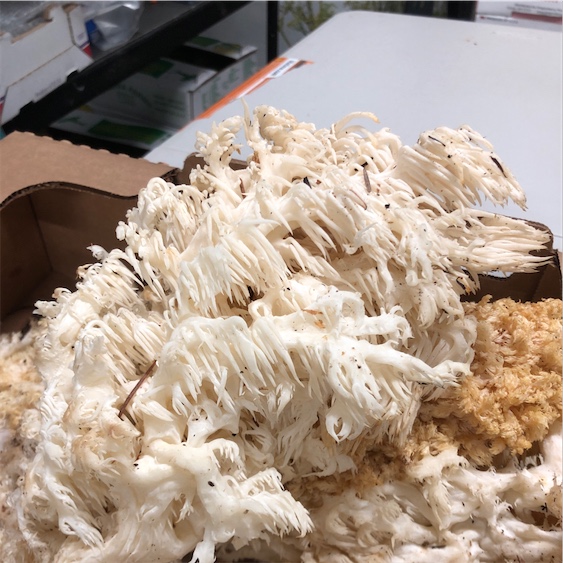
Bear's Head Mushrooms Information, Recipes and Facts
Common name: Lion's Mane, Bearded Tooth, Hedgehog Mushroom, Satyr's Beard, Old Man's Beard, Unbranched Hericium. Description: The bearded tooth fungus is white when fresh and yellowish with age. It has long spines. The fungus is 4-10" (10-25 cm) across. It is an oval to rounded solid mass of spines which hang in a beardlike fashion.
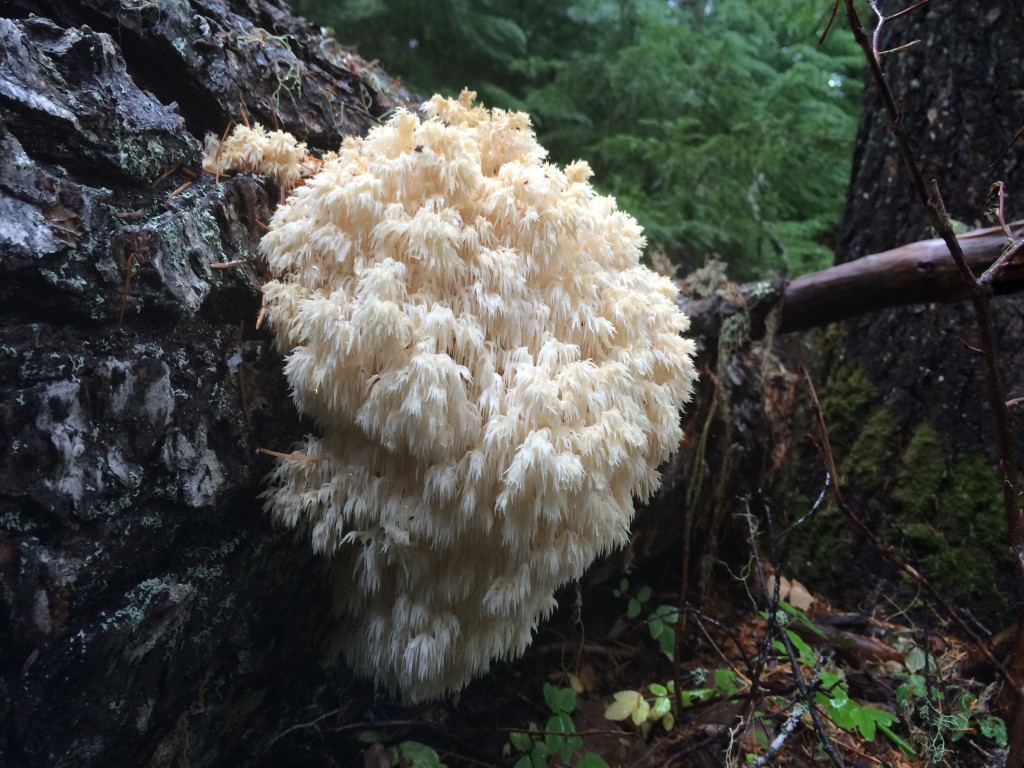
Bear's Head / Hericium Yellow Elanor
abietis, the bear's head mushroom, is a close relative of lion's mane (H. erinaceus), a well-known edible and medicinal species. Like other Hericium species, H. abietis is edible and reportedly very tasty. Practitioners generally assume Hericiums are all similarly useful medicinally as well, though actually H. erinaceus is the only one whose medicinal value has been researched.
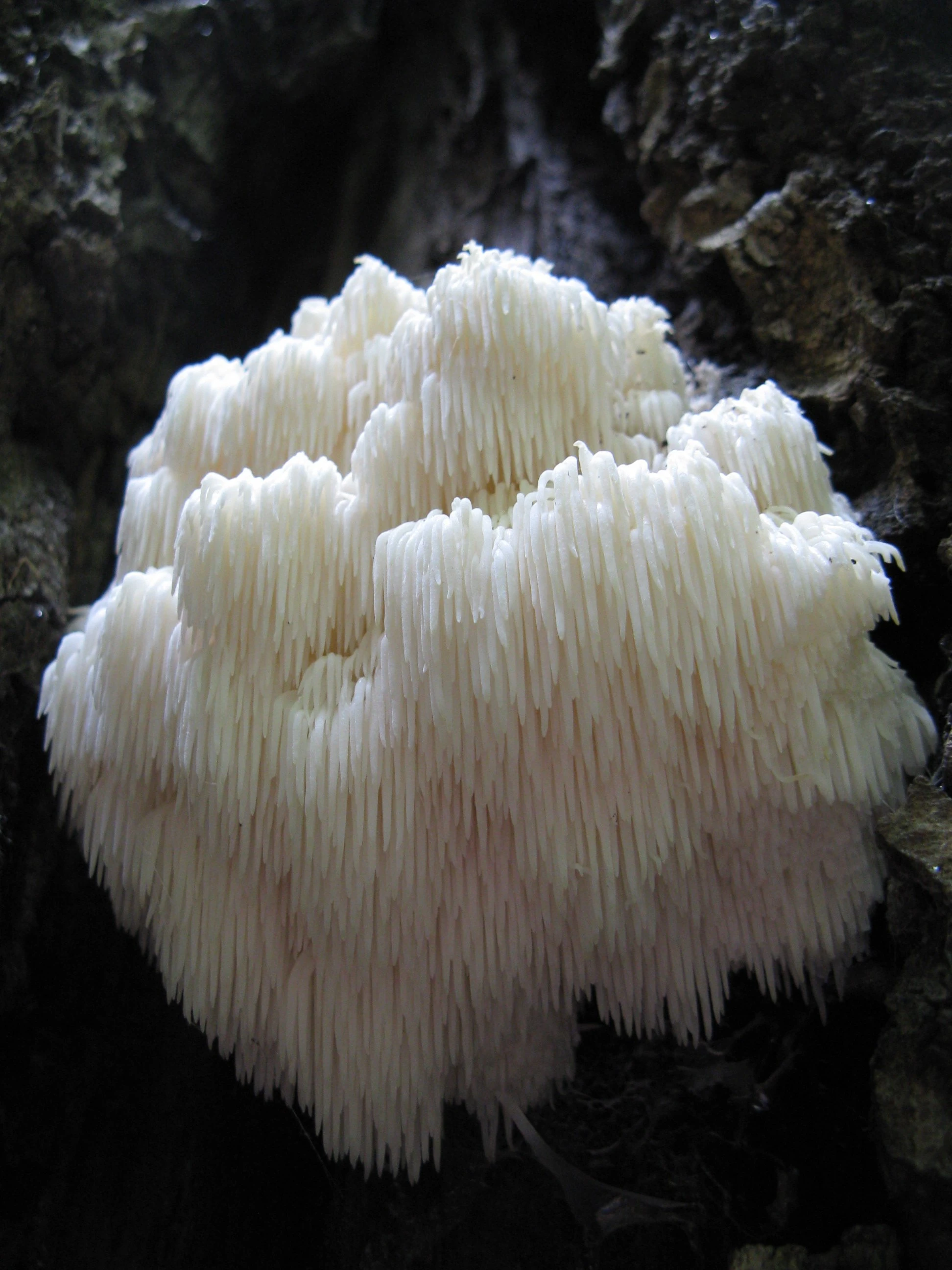
Bear's head mushroom Recipes Wiki FANDOM powered by Wikia
VIEW ANSWER. Wild Bear's Head mushrooms can be found in the late summer through early fall, while cultivated Bear's Head mushrooms are available year-round. Bear's Head mushrooms contain vitamin D, fiber, iron, antioxidants, and protein. Dried and powdered Bear's Head mushroom was used by tribes in North America to stop bleeding wounds.

Bear's Head Tooth Lion's Mane Liquid Culture Artisan Mushrooms
Botanical: Hericium coralloides Description: Cap 10 to 75 cm across, main branches up to 3 cm thick, branching repeatedly, bearing clusters of spines on the ends of branches and from lateral nodules, white to creamy, yellowish-buff, orange-buff; teeth up to 2.5 cm long, usually 0.5 to 1.0 cm long, fleshy but brittle. Stem thick, knob-like, tough. Smell and taste

Bear's head tooth Eastern Algonquin Park (late August) mycology
Hericium americanum (Fam. Hericiaceae ) is white when fresh and yellows with age. It has long spines and a branched fruiting body. The fungus is 15-30cm (6-12") across. It is a tightly branched structure which develops from a rooted base. When young, before the branches have developed, it might be confused with Hericium erinaceus (which is.

Bear's Head Mushroom (Hericium abietis)
Consuming Bear's Head Mushroom is like taking a dive into a sea of nutrients. You'll receive a 10 ml syringe filled with high-quality, contaminant-free liquid culture. You will also need sterilized grain spawn and a growing chamber to ensure optimal mycelium growth. Typically, you can expect to harvest within 4-6 weeks following inoculation.